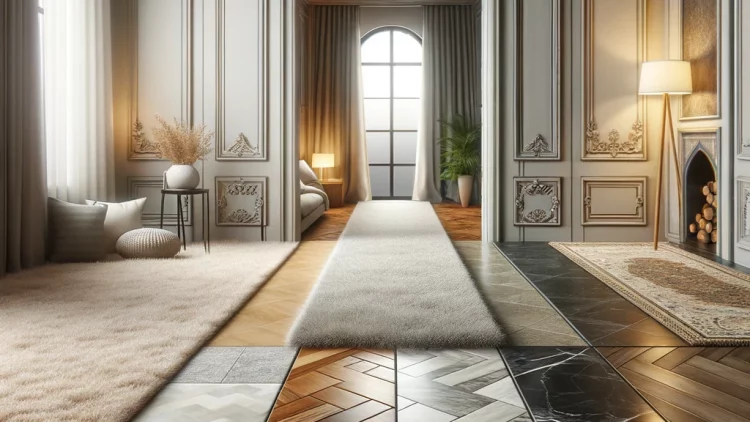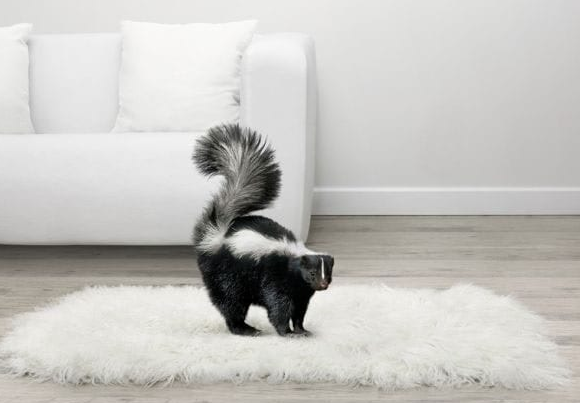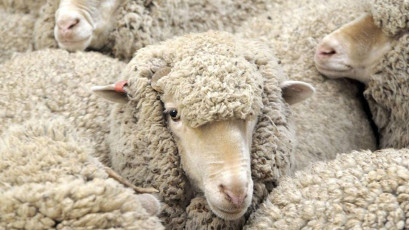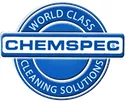Essential Guide to Floor Restoration and Renovation for Your Home
Guide to Floor Restoration and Renovation
In the realm of house renovation, recognizing the opportune moment for floor restoration and renovation stands paramount. This guide unveils the essential early signs that your floors demand attention, providing actionable insights for maintaining an array of flooring types. From carpets to ceramic tiles, stone, and wood, learn the significance of preemptive renovation and restoration efforts to avert irreversible damage, thus amplifying your home’s allure and market value.
When Is the Right Time for Floor Restoration in Your Home? Key Indicators and Expert Advice
Floor maintenance is a pivotal aspect of home care, impacting both the aesthetic and structural integrity of your living space. Identifying the need for floor restoration and renovation is vital for preserving your home’s beauty and functionality. This comprehensive guide will navigate you through the early signs that your flooring materials require professional intervention, ensuring your house renovation projects are both timely and effective.
Early Warning Signs for Different Flooring Types:
Carpets:
The key to carpet longevity is routine cleaning, particularly for wool carpets which excel in concealing dirt. To prevent irreversible soil build-up and potential damage, it’s advisable to clean high-traffic areas at least annually, with bedrooms needing less frequent attention.
Ceramic/Porcelain Tiles:
Despite their resilience, these tiles benefit from regular mopping and occasional professional cleaning and buffing. Incorrect product use or dilution can lead to residue accumulation, attracting more dirt and necessitating deep cleaning. Regular sealing is recommended to maintain their lustre and prevent smearing during cleaning.
Stone Flooring:
Stone floors demand a balance between aesthetics and maintenance; the higher the sheen, the more care is required. Natural wear and micro-scratches can dull stone surfaces, but timely polishing can restore their original radiance. Delayed maintenance may lead to the need for extensive restoration work.
Wood Floors:
Wood flooring requires vigilant care to maintain its protective finish, whether oil or lacquer. Noticeable wear patterns or rapid drying after mopping signal diminished protection, risking moisture absorption and grain darkening. In such cases, mere cleaning is insufficient, and a thorough sanding may be necessary.
Unsure of Your Floor’s Condition?
Determining whether your floor needs a simple clean or a full-scale restoration can be challenging. By sharing images of your flooring with us, you can receive a tailored assessment and recommendations from our experts. We stress the importance of proactive measures over delayed reactions to preserve your flooring’s integrity and appearance.
Conclusion:
Floor restoration and renovation are integral components of house maintenance, directly influencing your home’s aesthetic appeal and longevity. By heeding the early warning signs across various flooring materials, homeowners can undertake timely interventions to avoid costly replacements and enhance their living space’s overall value. Remember, in the context of floor care, early action is invariably better than regrettable delays, ensuring your home remains a testament to meticulous upkeep and thoughtful renovation.
See our before and after photos on Facebook and Instagram.















